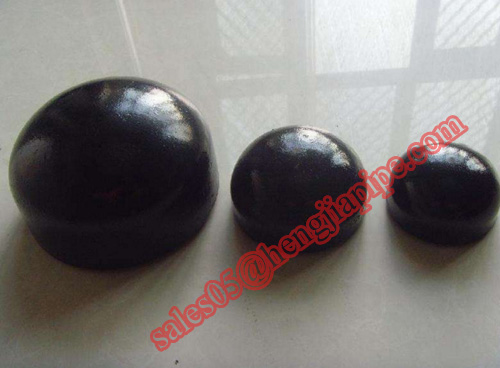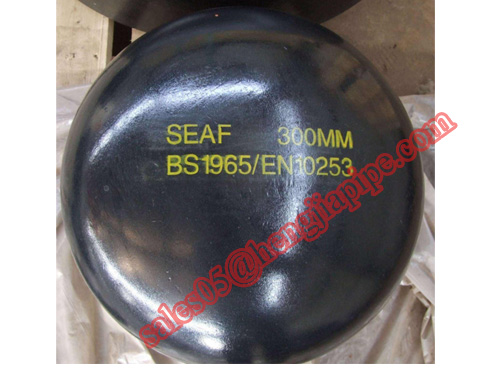Why do electroplating products do salt spray corrosion test?
1. What is salt spray corrosion? Salt spray corrosion is a common and most damaging atmospheric corrosion. Corrosion is the destruction or deterioration of a material or its properties caused by the action of the environment. Most of the corrosion occurs in the common atmosphere. Why? The atmosphere contains oxygen, humidity, temperature changes, and contaminants such as corrosion and corrosion factors. Today we discuss the corrosion of salt fog: the most important component of salt spray corrosion is the chloride salt in the ocean, which is mainly from the saline and alkaline regions of the ocean and the interior. The corrosion of the surface of the metal material by the salt spray is caused by the electrochemical reaction between the contained chloride ions penetrating the metal surface oxide layer and the protective layer and the internal metal. At the same time, the chloride ion contains a certain amount of hydration energy, which is easily adsorbed on the pores and cracks on the metal surface to displace and replace the oxygen in the chloride layer, transforming the insoluble oxide into soluble chloride, and making the passive state surface become lively. surface. Caused a very bad adverse reaction to the product. 2. The correlation between salt spray test and actuality In simple terms, the salt spray test is an environmental test that uses the salt spray test equipment to artificially simulate the salt spray environmental conditions to conduct a rigorous test to evaluate the corrosion resistance of a product or metal material. The salt spray test is basically divided into two categories, a type of natural environmental exposure test, and another type of artificial accelerated salt spray environmental test. The latter is the use of a test equipment with a certain volume of space - salt spray corrosion test box, in its volumetric space with artificial methods, resulting in a salt spray environment to assess the product's resistance to salt spray corrosion quality. The latter is more demanding than the former (natural environment). The amount of artificially controlled salt spray can be said to be several times or even several times that of the normal natural salt spray. Such a large amount of salt spray has a very fast corrosion rate. It cannot be said that the corrosion rate can be greatly improved, thereby shortening the test time, and has a significant advantage compared with the natural exposure environment. It may take up to one year or even longer in a natural exposure environment. In artificially simulated salt spray environments, it may take only 24 hours to achieve similar results. 3. Artificial simulated salt spray tests include three types: neutral salt spray test (NSS test), acetate spray test (ASS test), copper salt accelerated acetate spray test (CASS test) 1) Neutral salt spray test (NSS test) is the earliest present application of an accelerated corrosion test method. It uses a 5% aqueous chloride solution and the pH of the solution is adjusted to a neutral range (6 to 7) as a spray solution. The test temperature is taken at 35°C, and the deposition rate of salt spray is required to be between 1 and 2ml/80cm2.h. 2) Acetate spray test (ASS test) was developed based on the neutral salt spray test. It is to add some glacial acetic acid to the 5% solution, so that the PH value of the solution is reduced to about 3, the solution becomes acidic, and the final salt fog is also changed from neutral salt fog to acidic. Its corrosion rate is about three times faster than the NSS test. 3) Accelerated Acetate Salt Spray Test (CASS test) is a rapid salt spray corrosion test recently developed abroad. The test temperature is 50 °C. A small amount of copper salt, cupric chloride, is added to the salt solution to strongly induce corrosion. Its corrosion rate is about 8 times that of the NSS test. 4. Judgment of salt spray test standard results A. Standards are unified provisions for repetitive things and outlines. The salt spray test standard is a specific and specific requirement for salt spray test conditions, such as temperature, humidity, solution concentration, and pH, and it also provides technical requirements for the performance of the salt spray test chamber. The salt spray test standard for the same product should be selected based on the characteristics of the salt spray test and the metal corrosion rate and sensitivity to salt spray. B. The purpose of the salt spray test is to evaluate the salt spray corrosion resistance of a product or metal material. The determination of the salt spray test result is the judgement of the product quality. The determination result is correct and reasonable. It is a correct measure of the product or metal resistance. The key to salt spray corrosion quality. C. Judgment methods for salt spray test results include: rating determination method, weighing determination method, corrosion material appearance determination method, and corrosion data statistical analysis method. 1) The rating method is to divide the percentage of the ratio of the erosion area to the total area into several levels according to a certain method. A certain level is used as a criterion for the evaluation. It is suitable for flat plate samples for evaluation; 2) The weighing method is adopted. The weight of the sample before and after the corrosion test is weighed, and the corrosion-damaged weight is calculated to evaluate the corrosion resistance of the sample. It is particularly suitable for assessing the corrosion resistance of a certain metal; It is a qualitative judgment method. It judges the sample after the salt spray corrosion test, whether the product is corroded. This method is mostly used in the general product standards. The corrosion data statistical analysis method provides the design corrosion test and analyzes the corrosion data. The method of determining the confidence level of the corrosion data is mainly used to analyze and count the corrosion situation, instead of specifically determining the quality of a specific product.
Butt weld cap is one type of Seamless Pipe fittings. It is welded in the pipe ends and close the pipeline. We also call this fitting Pipe End Cap. Caps are similar to the function of Blind Flange. But blinds can be disassembled by us, for caps, we can`t disassemble them.
Pipe end cap
Specifications for pipe caps
1. Size:1/2``-72``
2. Wall thickness: SCH5-XXS
3. Material:carbon steel, alloy steel and stainless steel
4. Standard:ASME DIN BS GOST JIS
5. Usage: Petroleum, chemical, power plant, gas, shipbuilding etc
All the caps` shape normally conform to the requirement given in the related national standard. If it is non-standard, please provide drawings.
Butt Weld Cap Pipe End Cap,Large Size Pipe End Cap,Butt Weld End Cap,Wpb Cap CANGZHOU HENGJIA PIPELINE CO.,LTD , https://www.hj-pipeline.com
In fact, we talked about surface treatment. We all know that plating actually plays two roles: one is to decorate the appearance, and the other is to protect the substrate from corrosion. To put it plainly that this article Shanghai dumping technology is to explore why electroplating products do salt spray corrosion test? The quality of plating quality appreciation is indispensable to our standard salt spray test specification. 
